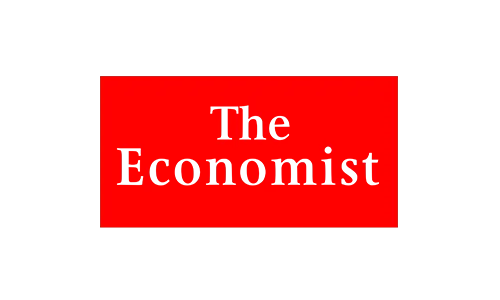The headline-grabbing market event of 2017 so far has been the move of the Dow Jones Industrial Average through 20,000 (although the average is a flawed measure). But while investors have been pushing the value of shares up, the credit rating of its constituents has been deteriorating.
That is the conclusion of a new service called Credit Benchmark, which has the ingenious idea of aggregating the private credit ratings used by banks (in other words, the ratings generated by the bank’s internal risk models). At the moment, the service is getting data from 13 banks although another 12 have signed up; it has ratings for 10,000 companies. Donal Smith, one of the firm’s founders says that banks tend to be more conservative in their approach than the ratings agencies and move their ratings more quickly.
The chart (see attached original article) shows a credit risk index (the likelihood of default) for the Dow components. Over the last year, the average rating has fallen one notch, from A+ to A; 23 of the 30 Dow components have been downgraded. This may be down to fears of higher interest rates, and the effect this will have on company finances; it may be down to worries about the prospects of trade disputes between the US and its neighbours. But these divergences don’t tend to last for long. The equity market is counting on Donald Trump to boost the US economy; if investors are right, credit ratings will improve. But if economic conditions don’t improve, the US equity market looks overextended.
The original online article is available at: http://www.economist.com/blogs/buttonwood/2017/02/mixed-signals
